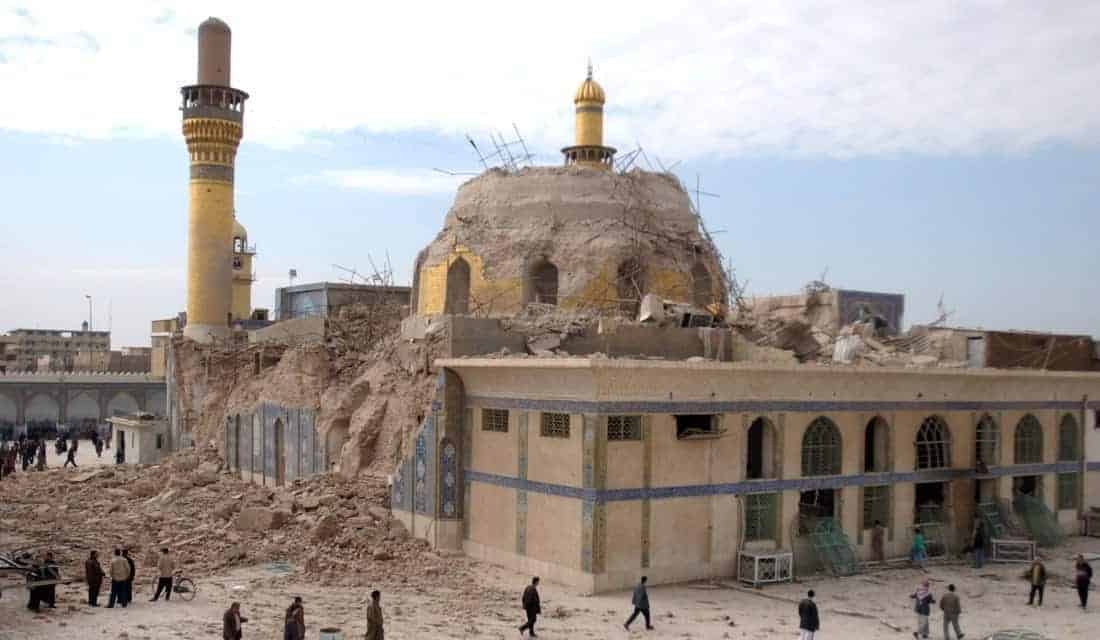War has torn apart nations and destroyed civilizations. It is only through luck and perseverance that ruins from the ancient world continue to survive today. But many of those ruins are now under attack and many that have stood for thousands of years have now become crumbling ruins due to the war that rages around them.
Many spectacular examples of Roman and Arab ancient civilizations have been blown apart by shelling, deliberately destroyed, or have been ravaged by providing a base for combatants. Here are just a few of the ancient monuments that have been destroyed by recent wars and some of which still await the opportunity to be restored.

The Buddhas of Bamiyan, Afghanistan
The Buddhas of Bamiyan were created in the 6th century. Bamiyan lies along the Silk Road, where there were numerous Buddhist monasteries. It was a thriving religious center and Buddhist monks were known to live in small caves in which they carved into the Bamiyan cliffs. Over time the monks would decorate their caves with statues and frescoes. The two largest statues at the sight were the towering Buddhas. The largest stood at 58 meters tall and the smaller at 38 meters. A Buddhist pilgrim wrote about the sight in 630, and tells of the ten monasteries and 1,000 monks who called the cliffs home. He also told of the giant Buddhas draped with gold and fine jewels. There was even mention of a third Buddha at the site, but the fate of that one following the account is unknown.
The Buddhas withstood the test of time. In 1221, Genghis Khan attacked Bamiyan but the Buddhas remained. The Mughal emperor, Aurangzeb tried to destroy the statues with artillery in the 17th century, and the Persian king Nadar Afashar directed cannon fire at the statues sometime in the 18th century. The statues came out of the attacks scarred, but still standing. It was Afghan king Abdur Rahman Khan that successfully blew the face off the largest statue during the Shia Hazara rebellion.
In 2001, the laws of the Taliban became even more strict and all forms of imagery, music, and sports were banned. Locals and the international community begged for the statues to be preserved with countries offering to pay to hide them from view or even remove them entirely. But the Taliban refused and forced locals to filled the holes with dynamite and blow up the ancient statues.
The statues were completely destroyed. Many countries have pledged support to rebuild the statues, but there are fears that doing so would be impossible. In the meantime, a 3D projector was donated and now the images of the Buddhas are projected on the spots where they once stood.

